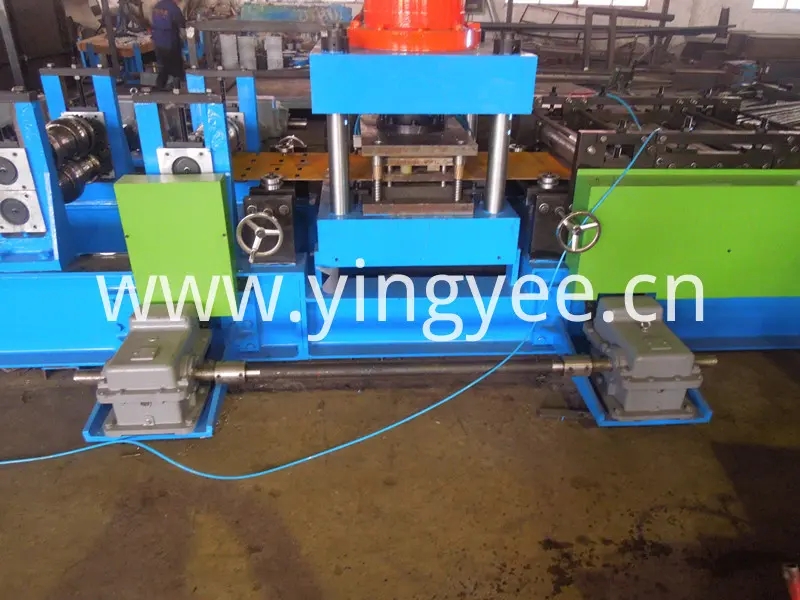
The Evolution and Importance of Suspended Ceiling T Grid Forming Machines
In the realm of modern construction and interior design, the importance of suspended ceilings cannot be overstated. They offer not just an aesthetic appeal but also functional advantages such as improved acoustics, reduced energy costs, and easier access to utilities. Central to the creation of these ceilings is the suspended ceiling T grid forming machine, an essential piece of equipment that has undergone significant advancements over the years.
Understanding Suspended Ceiling Systems
Suspended ceilings, also known as false ceilings or dropped ceilings, are structural elements that hang below the main ceiling. They consist of a grid system that supports lightweight panels, providing a clean, seamless look while concealing wiring, ducts, and plumbing. The T grid serves as the backbone of this system, holding the panels in place while allowing for flexibility in design and installation.
The T grid is named for its T-shaped cross-section, which is integral in distributing weight and supporting the ceiling panels. The efficient assembly of this grid system relies on precision-engineered components produced by T grid forming machines.
The Role of T Grid Forming Machines
T grid forming machines are specialized industrial machines designed to manufacture the metal components that make up the T grid system. These machines can produce various sizes and profiles of T grids with high precision and speed, meeting the growing demand in the construction industry. Their automation ensures that manufacturers can achieve consistent quality and reduce labor costs.
Manufacturing T grids typically involves several steps, including cutting raw metal sheets, forming them into the desired profiles, and finishing them for durability and aesthetic appeal. Modern T grid forming machines come equipped with advanced technology that allows for automated operations, minimizing human error and maximizing production efficiency.
Technological Advances
Recent technological advancements have significantly improved the capabilities of suspended ceiling T grid forming machines. Today’s machines are often equipped with features such as

1. CNC Technology Computer Numerical Control (CNC) allows for precise control over the machinery, enabling complex designs and consistent output. This precision ensures that every T grid component fits perfectly into the designated space in any suspended ceiling system.
2. Speed and Efficiency Modern machines can produce T grids at a significantly faster rate than their predecessors. With the increasing demand for suspended ceilings in commercial buildings, factories, and residential homes, this efficiency is crucial for meeting deadlines and maintaining profitability.
3. Customization Today's manufacturers can easily customize T grids to meet specific project requirements. With programmable settings, machines can handle varied dimensions and shapes, catering to architects and contractors' unique designs.
4. Eco-friendly Operations As sustainability becomes a priority in construction, manufacturers are looking for ways to minimize waste and energy consumption. Modern T grid forming machines are designed to optimize material usage and reduce energy inputs, aligning with green building practices.
The Market Demand
The demand for suspended ceilings has surged globally, driven by rapid urbanization, increasing construction projects, and the ongoing trend to improve building aesthetics and functionality. Regions experiencing significant growth, such as Asia-Pacific and North America, present lucrative opportunities for manufacturers of T grid forming machines.
With more businesses recognizing the benefits of suspended ceilings, there is a corresponding increase in the need for reliable, efficient, and high-quality T grid forming machines. Companies that invest in modern technology will likely hold a competitive edge in this lucrative market.
Closing Thoughts
The suspended ceiling T grid forming machine is a vital player in the construction industry, reflecting innovation and efficiency. As the architectural landscape evolves, these machines will continue to adapt, ensuring that builders can meet the demands of contemporary interiors. By embracing technology and sustainability, manufacturers can not only enhance their production processes but also contribute positively to the future of construction. As we look ahead, the evolution of T grid forming machines will undoubtedly reshape the suspended ceiling market, making it an exciting field to watch.